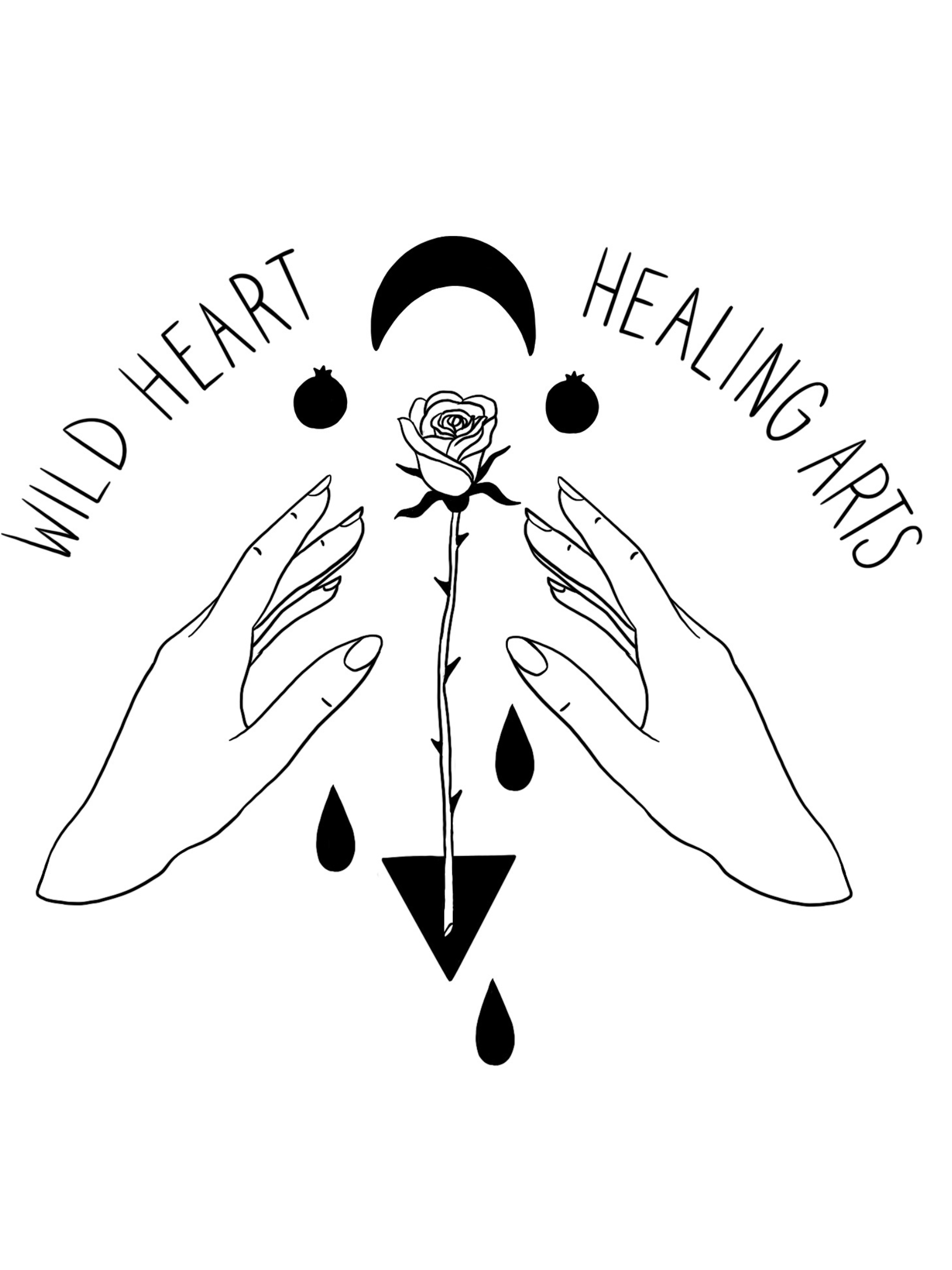While most hands-on massage therapy modalities address your fascia and muscles to release restrictions, craniosacral therapy addresses your system as a thriving, holistic, and integrated structure.
Craniosacral refers to the cranium (skull) at the top of the spine and the sacrum (tailbone) located at the base of the spine. Together, the brain and spinal cord form the central nervous system. The spinal cord is made up of bundles of nerve fibers, running down from the brain through a canal in the center of the bones of the spine. These bones protect the spinal cord. Like the brain, the spinal cord is covered by the meninges and cushioned by cerebrospinal fluid. CST aims to track the wave-like rhythm of the cerebrospinal fluid to address restrictions of the body.
By using a gentle pressure of about 5 grams or less, CST sessions follow the natural movement of your bones to release restrictions throughout the body's central nervous system. Clients remain fully clothed during sessions, and often drift into that not-quite-awake, not-quite-asleep state.
By normalizing the environment around the brain and spinal cord, this work inherently enhances the body's ability to self-correct. While each session will look unique based on the needs of each person, CST primarily focuses on the bony landmarks of the body including the sutures of the skull, pelvis, sacrum, jaw, knees, and feet.
This extremely gentle modality can provide support for:
Concussion and traumatic brain injury
Chronic migraines and headaches / headache related neck pain
Chronic fatique/insomnia
TMJ pain
Central nervous system disorders
Anxiety and depression
Chronic pain
PMS/menstrual pain
PTSD related symptoms
Dr. Upledger, the primary developer of CST, once said that the core intention of this work was “to help the world soften and become more humane.”
